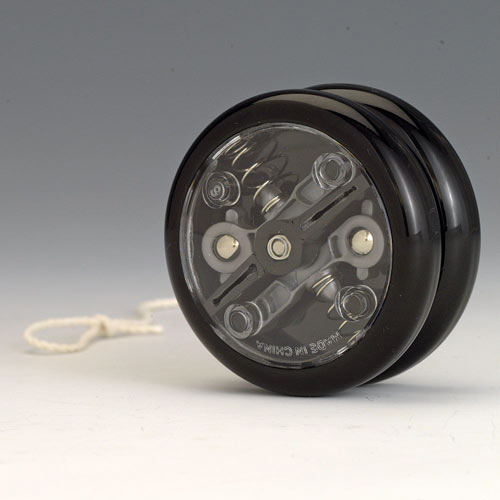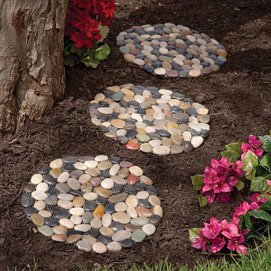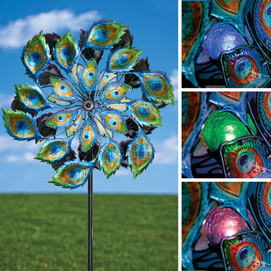
Pruning Hydrangeas
Pruning Hydrangeas
Hydrangeas rarely, if ever, need pruning. In some cases, however, your hydrangea can grow too large over time, or just get too old, and you’ll need to prune it accrording to the variety.
Arborescens
Arborescens rebloom every year, and if they need pruning, do so during spring or summer prior to blooming. It’s common to cut these plants only a couple inches from the ground. Be careful not to prune more than this, because the stems may not increase in size from then on.
Paniculatas
Unlike arborescens, paniculatas should be pruned in the fall or winter, but can also be done in the spring if necessary. It’s recommended to avoid pruning this variety often, but when you need to, rid the plant of unattractive cross-branches.
Some people prefer to grow paniculatas as trees. If you do, never remove the trunk or top branches. Otherwise, the plant will revert to its normal, shrub-like form unless training is started as soon as the plant’s new shoots appear.
Laceap, Mophead and Oakleaf
It’s recommended these three varieties be pruned before late summer, in order to avoid interrupting the blooming process for the following year. Interrupting that process will result in little to no bloom. There is no common pruning method for these varieties—only that they should be pruned according to personal preference, as long as stems aren’t removed (removing stems contributes to interruption of the blooming process).
Remember…
Remove dead stems from your hydrangea on a yearly basis. The older the plant gets, the more you’ll remove live stems, as well. It’s recommended once a plant reaches five years old that 1/3 of the living stems be removed in order for maximum plant revitalization.
Pruning hydrangeas can be harmful to the plant’s blooms, so it’s important to remember when it should be done, according to its variety. After pruning, it’s common for hydrangeas to quickly grow back to its former size, so keep that in mind when it comes to your garden space and schedule.
Have another question? Visit Our Contact Information page or send an e-mail directly to Customer Service.


 Set of 6: William Vanderdasson 300 Large Piece Jigsaw Puzzles
Set of 6: William Vanderdasson 300 Large Piece Jigsaw Puzzles
 Fishy Business 1000 Piece Jigsaw Puzzle
Fishy Business 1000 Piece Jigsaw Puzzle

 Dahlia 300 Large Piece Jigsaw Puzzle
Dahlia 300 Large Piece Jigsaw Puzzle
 Shop At Home 500 Piece Jigsaw Puzzle
Shop At Home 500 Piece Jigsaw Puzzle

 Memory Lane 4-in-1 Multi-Pack 500 Piece Puzzle Set
Memory Lane 4-in-1 Multi-Pack 500 Piece Puzzle Set
 Country Nostalgia 4-in-1 Multi-Pack 300 Large Piece Puzzle Set
Country Nostalgia 4-in-1 Multi-Pack 300 Large Piece Puzzle Set

 The Flying Dutchman two 300 Large Piece Jigsaw Puzzle
The Flying Dutchman two 300 Large Piece Jigsaw Puzzle
 Cats On A Bench 500 Piece Jigsaw Puzzle
Cats On A Bench 500 Piece Jigsaw Puzzle

 The Bearister's Mansion 1000 Piece Jigsaw Puzzle
The Bearister's Mansion 1000 Piece Jigsaw Puzzle
 Springtime On The Range 1000 Piece Jigsaw Puzzle
Springtime On The Range 1000 Piece Jigsaw Puzzle

 Spring Mill 300 Large Piece Jigsaw Puzzle
Spring Mill 300 Large Piece Jigsaw Puzzle
 Spring Mill 1000 Piece Jigsaw Puzzle
Spring Mill 1000 Piece Jigsaw Puzzle

 Jumbo Puzzle Plateau 1500
Jumbo Puzzle Plateau 1500
 Jigsaw Puzzle Pad - Large
Jigsaw Puzzle Pad - Large

 Currency Vault Money Holder
Currency Vault Money Holder
 Glitter Nail Art Pen Set
Glitter Nail Art Pen Set
 Silk Merchant Ship 3D Wooden Puzzle
Silk Merchant Ship 3D Wooden Puzzle
 X Marks the Spot Wooden Puzzle Brainteaser
X Marks the Spot Wooden Puzzle Brainteaser

 Round River Stone Stepping Stones - Set of 3
Round River Stone Stepping Stones - Set of 3
 Peacock Solar LED Wind Spinner
Peacock Solar LED Wind Spinner

 Family Puzzle Board
Family Puzzle Board
 Color & Frame - Nature
Color & Frame - Nature






